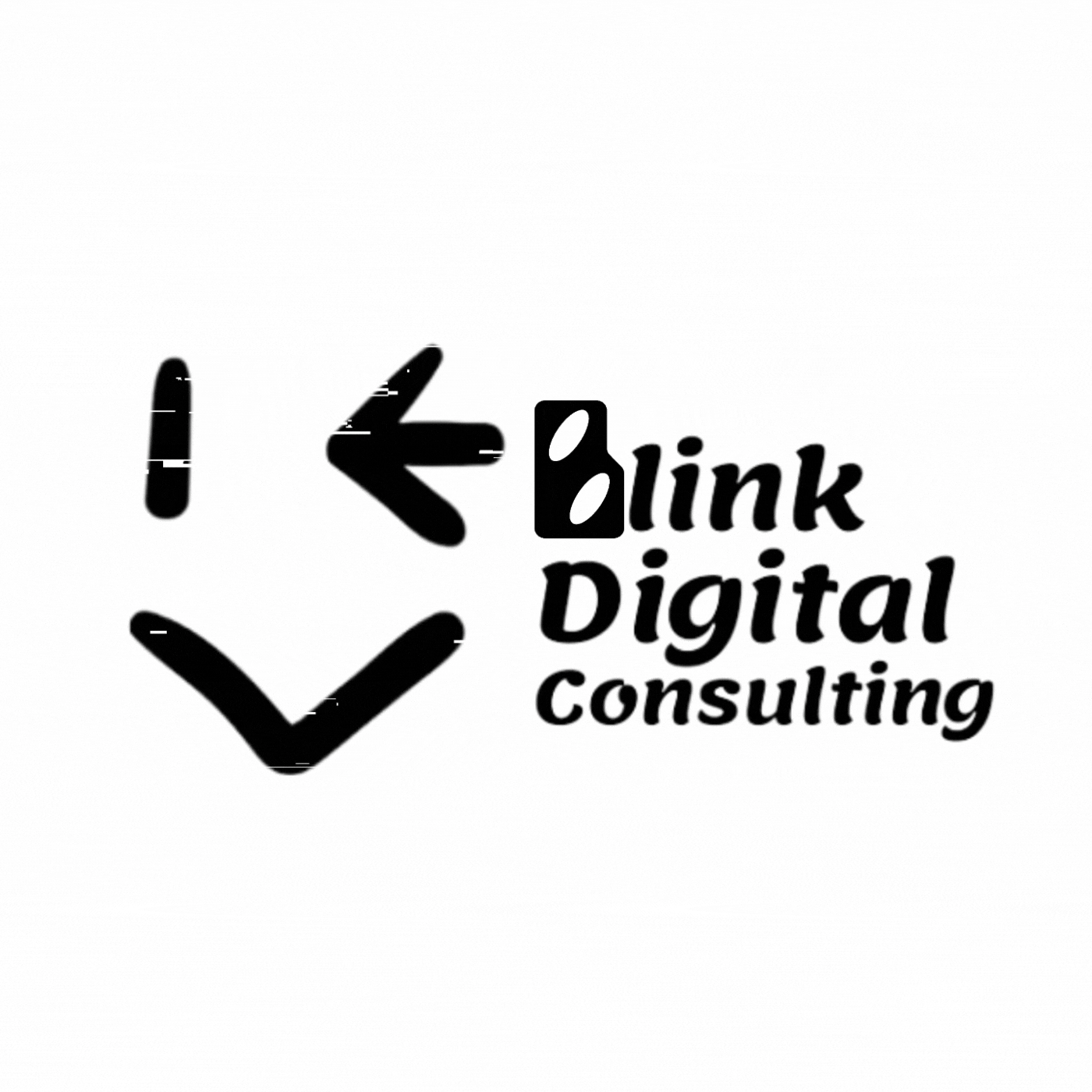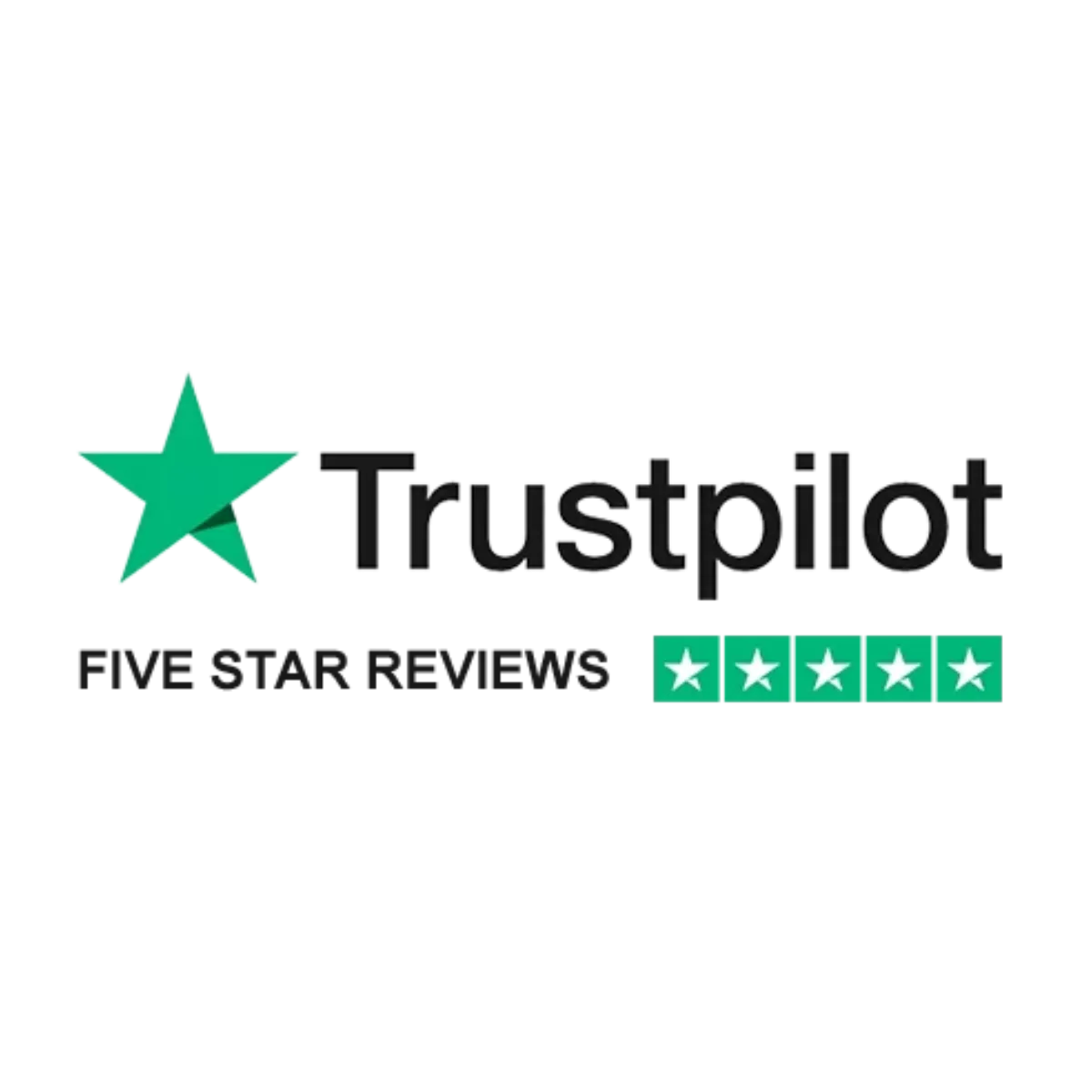Insights, Strategies, and Trends – Your Digital Marketing Resource
Our posts cover the latest trends in digital marketing, actionable strategies, and expert insights designed to help you grow your business online.
Insights, Strategies, and Trends – Your Digital Marketing Resource
Our posts cover the latest trends in digital marketing, actionable strategies, and expert insights designed to help you grow your business online.

Digital Advertising: Maximizing Your Online Presence
Digital advertising plays a pivotal role in reaching and engaging with your target audience. With billions of people online, it's where your potential customers spend a significant portion of their time. This makes digital advertising an essential component of your marketing strategy. In fact, a staggering 51% of total ad spending is allocated to digital advertising (Source: eMarketer).
Key Digital Advertising Platforms
To effectively harness the power of digital advertising, it's crucial to understand the key platforms available. Google Ads, for instance, is the go-to platform for search engine advertising. It allows businesses to bid on keywords and display ads to users actively searching for products or services. Social media advertising, on platforms like Facebook and Instagram, offers the advantage of precise targeting based on demographics, interests, and behavior.
Each platform has its unique strengths and advantages. Google Ads is renowned for its intent-based advertising, while social media platforms excel at brand building and reaching highly specific audiences. Choosing the right platform depends on your business goals and target audience.
Measuring Digital Advertising Success
One of the significant advantages of digital advertising is the ability to measure and track performance accurately. Metrics like click-through rate (CTR), conversion rate, and return on ad spend (ROAS) provide valuable insights into the effectiveness of your campaigns. For instance, the average CTR for Google Ads across all industries is 3.17% (Source: WordStream).
Effective measurement allows businesses to fine-tune their advertising strategies. If a particular campaign isn't yielding the desired results, you can make adjustments in real-time to optimize performance. This data-driven approach ensures that your advertising budget is spent efficiently.
Benefits of Digital Advertising
Digital advertising offers a plethora of benefits. First and foremost, it provides precise targeting capabilities. You can tailor your ads to reach the right people at the right time, increasing the likelihood of conversion. Furthermore, digital advertising is cost-effective, allowing you to set your budget and adjust it as needed.
Additionally, digital advertising is known for its speed and agility. Unlike traditional advertising, which may take weeks to produce results, digital campaigns can be launched quickly, enabling you to respond to market changes promptly. Moreover, it enhances brand visibility and awareness, with studies showing that it can increase brand awareness by up to 80% (Source: Lyfe Marketing).
In conclusion, digital advertising is a potent tool for maximizing your online presence. Its importance cannot be overstated in a digital world where consumers are constantly connected. By choosing the right platforms, measuring performance, and leveraging the benefits it offers, businesses can effectively engage with their audience and drive growth in the digital realm.

Digital Advertising: Maximizing Your Online Presence
Digital advertising plays a pivotal role in reaching and engaging with your target audience. With billions of people online, it's where your potential customers spend a significant portion of their time. This makes digital advertising an essential component of your marketing strategy. In fact, a staggering 51% of total ad spending is allocated to digital advertising (Source: eMarketer).
Key Digital Advertising Platforms
To effectively harness the power of digital advertising, it's crucial to understand the key platforms available. Google Ads, for instance, is the go-to platform for search engine advertising. It allows businesses to bid on keywords and display ads to users actively searching for products or services. Social media advertising, on platforms like Facebook and Instagram, offers the advantage of precise targeting based on demographics, interests, and behavior.
Each platform has its unique strengths and advantages. Google Ads is renowned for its intent-based advertising, while social media platforms excel at brand building and reaching highly specific audiences. Choosing the right platform depends on your business goals and target audience.
Measuring Digital Advertising Success
One of the significant advantages of digital advertising is the ability to measure and track performance accurately. Metrics like click-through rate (CTR), conversion rate, and return on ad spend (ROAS) provide valuable insights into the effectiveness of your campaigns. For instance, the average CTR for Google Ads across all industries is 3.17% (Source: WordStream).
Effective measurement allows businesses to fine-tune their advertising strategies. If a particular campaign isn't yielding the desired results, you can make adjustments in real-time to optimize performance. This data-driven approach ensures that your advertising budget is spent efficiently.
Benefits of Digital Advertising
Digital advertising offers a plethora of benefits. First and foremost, it provides precise targeting capabilities. You can tailor your ads to reach the right people at the right time, increasing the likelihood of conversion. Furthermore, digital advertising is cost-effective, allowing you to set your budget and adjust it as needed.
Additionally, digital advertising is known for its speed and agility. Unlike traditional advertising, which may take weeks to produce results, digital campaigns can be launched quickly, enabling you to respond to market changes promptly. Moreover, it enhances brand visibility and awareness, with studies showing that it can increase brand awareness by up to 80% (Source: Lyfe Marketing).
In conclusion, digital advertising is a potent tool for maximizing your online presence. Its importance cannot be overstated in a digital world where consumers are constantly connected. By choosing the right platforms, measuring performance, and leveraging the benefits it offers, businesses can effectively engage with their audience and drive growth in the digital realm.

Digital Advertising: Maximizing Your Online Presence
Digital advertising plays a pivotal role in reaching and engaging with your target audience. With billions of people online, it's where your potential customers spend a significant portion of their time. This makes digital advertising an essential component of your marketing strategy. In fact, a staggering 51% of total ad spending is allocated to digital advertising (Source: eMarketer).
Key Digital Advertising Platforms
To effectively harness the power of digital advertising, it's crucial to understand the key platforms available. Google Ads, for instance, is the go-to platform for search engine advertising. It allows businesses to bid on keywords and display ads to users actively searching for products or services. Social media advertising, on platforms like Facebook and Instagram, offers the advantage of precise targeting based on demographics, interests, and behavior.
Each platform has its unique strengths and advantages. Google Ads is renowned for its intent-based advertising, while social media platforms excel at brand building and reaching highly specific audiences. Choosing the right platform depends on your business goals and target audience.
Measuring Digital Advertising Success
One of the significant advantages of digital advertising is the ability to measure and track performance accurately. Metrics like click-through rate (CTR), conversion rate, and return on ad spend (ROAS) provide valuable insights into the effectiveness of your campaigns. For instance, the average CTR for Google Ads across all industries is 3.17% (Source: WordStream).
Effective measurement allows businesses to fine-tune their advertising strategies. If a particular campaign isn't yielding the desired results, you can make adjustments in real-time to optimize performance. This data-driven approach ensures that your advertising budget is spent efficiently.
Benefits of Digital Advertising
Digital advertising offers a plethora of benefits. First and foremost, it provides precise targeting capabilities. You can tailor your ads to reach the right people at the right time, increasing the likelihood of conversion. Furthermore, digital advertising is cost-effective, allowing you to set your budget and adjust it as needed.
Additionally, digital advertising is known for its speed and agility. Unlike traditional advertising, which may take weeks to produce results, digital campaigns can be launched quickly, enabling you to respond to market changes promptly. Moreover, it enhances brand visibility and awareness, with studies showing that it can increase brand awareness by up to 80% (Source: Lyfe Marketing).
In conclusion, digital advertising is a potent tool for maximizing your online presence. Its importance cannot be overstated in a digital world where consumers are constantly connected. By choosing the right platforms, measuring performance, and leveraging the benefits it offers, businesses can effectively engage with their audience and drive growth in the digital realm.
HOW BLINK DIGITAL CONSULTING DELIVERS
Insights That Matter
At Blink Digital Consulting, our blog is more than just content—it’s a resource for actionable advice, deep insights, and expert analysis. Here’s how we ensure every post adds value to your business.

Blink Digital Consulting
Our Focus is on helping businesses THRIVE, through, lead generation and search engine ranking.
1355, 919 Center Street NW Calgary,
Alberta, Canada, T2E 2P6.
@ Copyright 2019 - 2025 | Blink Digital Consulting |
All rights reserved | Privacy Policy







